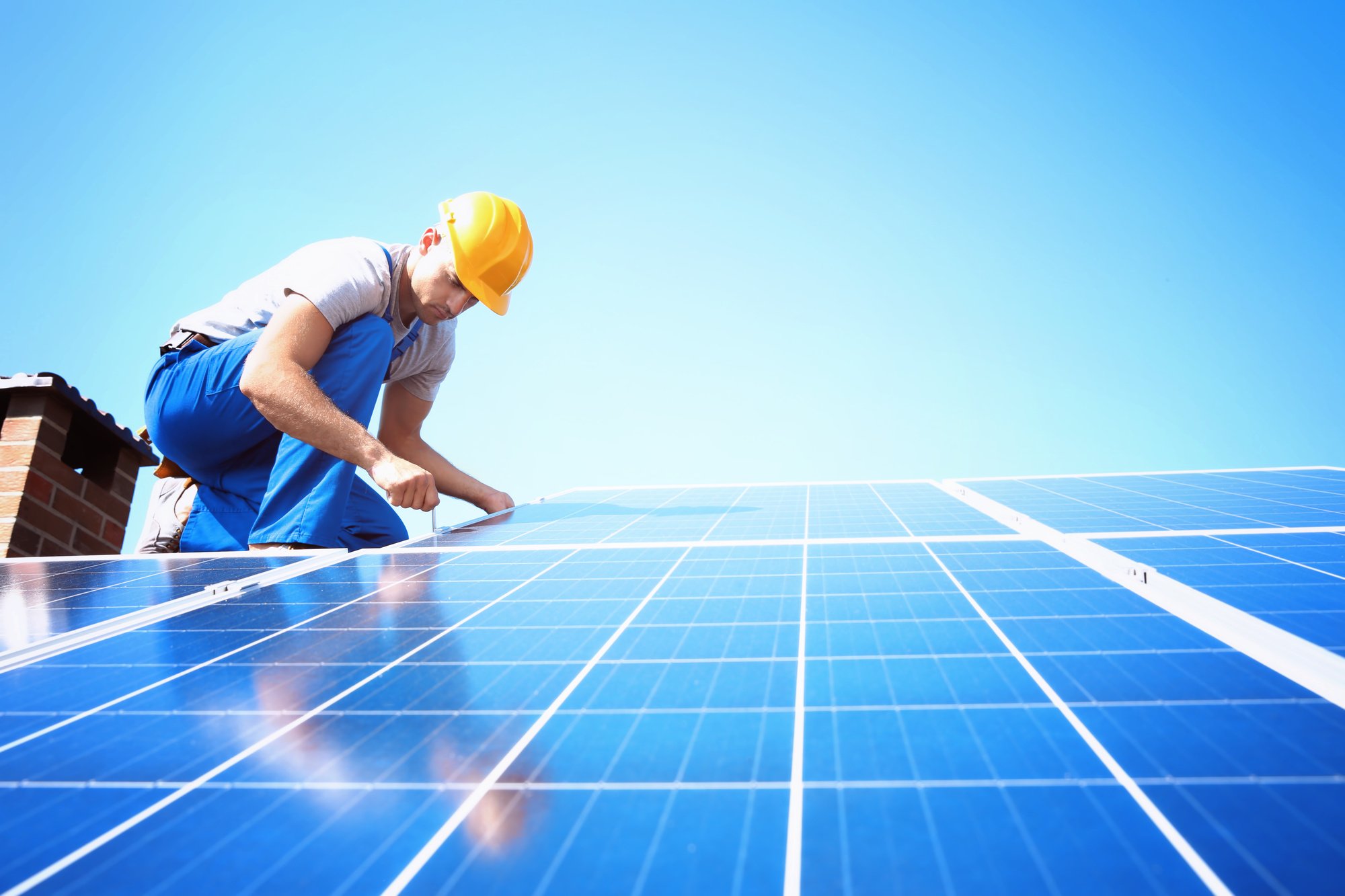Top 3 Factors to Consider When Installing Solar Panels

The Basics: There are a few basic parts to solar panel installation. The most important is where to install the panels to get maximum sunlight. You need a location that gets maximum sunlight. The next thing to consider is where to place the solar panels. You want a nice flat surface so the panels are not rubbing up against each other.
The Basics: Lay mounts down four feet from the ground and six inches off the roof. Drill holes for mounting the solar panels to the rafters. Secure the mounting with screws and anchor the rest of the surface to the rafter with nails. Fit the solar panels to your mounting spot with silicone caulk. Connect the solar panels to the electric power source. Continue reading this page for more info about solar panels.
The Most Important: When doing a solar panel installation, it is important to remember that the electricity needs to come from somewhere. If you don't have a flat roof then you will have to go outside to get sun. Once you have the location secured and the solar panel mounted and working properly, then you can think about putting in your electrical wiring. This can be done inside the house by putting conduit in through the walls or just about anywhere that is walled. The last thing to consider is if you want direct mounted solar panels or grid tie electrical panels.
Installation Cost: Now that you have an idea of where you are going to put them and how much they are going to cost, you need to find out what the total installation cost will be. Most solar panels are priced according to per watt. This means that the more solar cells you purchase the less per watt they will cost. So if you want five hundred watts from your array, then you need to spend at least five hundred dollars. Grid tie panels are usually much cheaper per watt since they are tied into the local power grid and you can sell surplus electricity back to your electric company. Direct mounted solar panels on the other hand will be the most expensive because you will have to pay an electrician to hook them up to your home.
Energy Efficiency: Finally, the third thing to consider when installing solar panels is their energy efficiency. Just like anything else, the more solar cells you use the more energy they will produce. The more efficient your panels are the more energy you will save. The efficiency rating for each panel is measured in watts per square inch. You can find out more information about this product on the manufacturer's website.
Battery Type: Last but not least, the final consideration to make sure your DIY solar panel installation is successful involves choosing a battery to store your energy. Most batteries are designed to store energy during the daytime and to release it at night. It all depends on your needs and the type of system you are going to be using. You can usually find the size and maximum power capabilities of the battery in the spec sheet that came with your system. For more understanding of this article, visit this link: https://en.wikipedia.org/wiki/Solar_energy.
